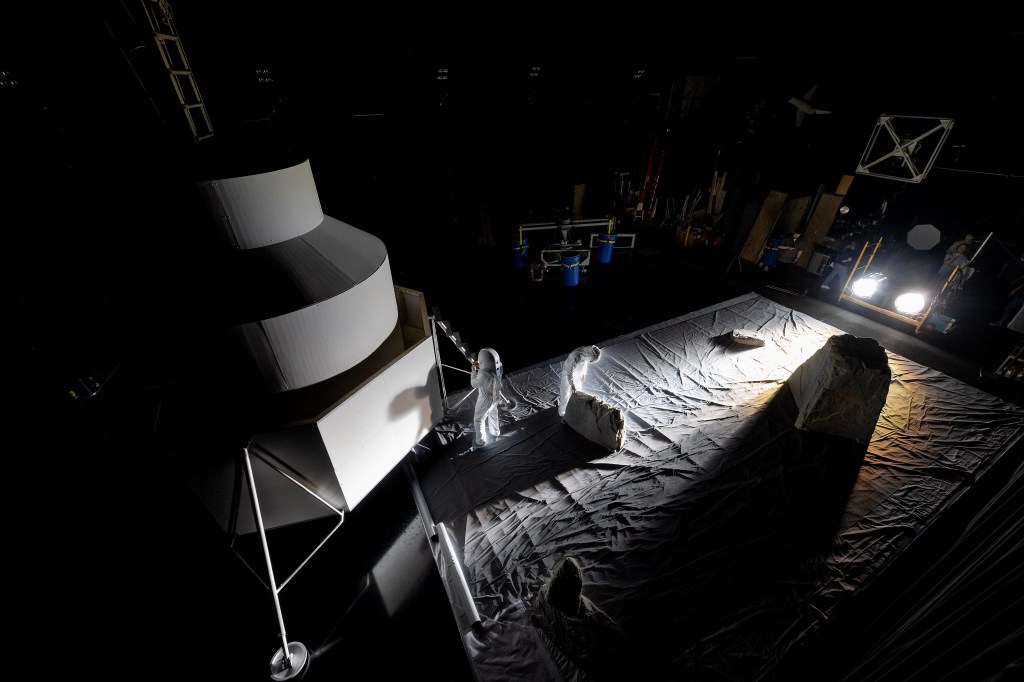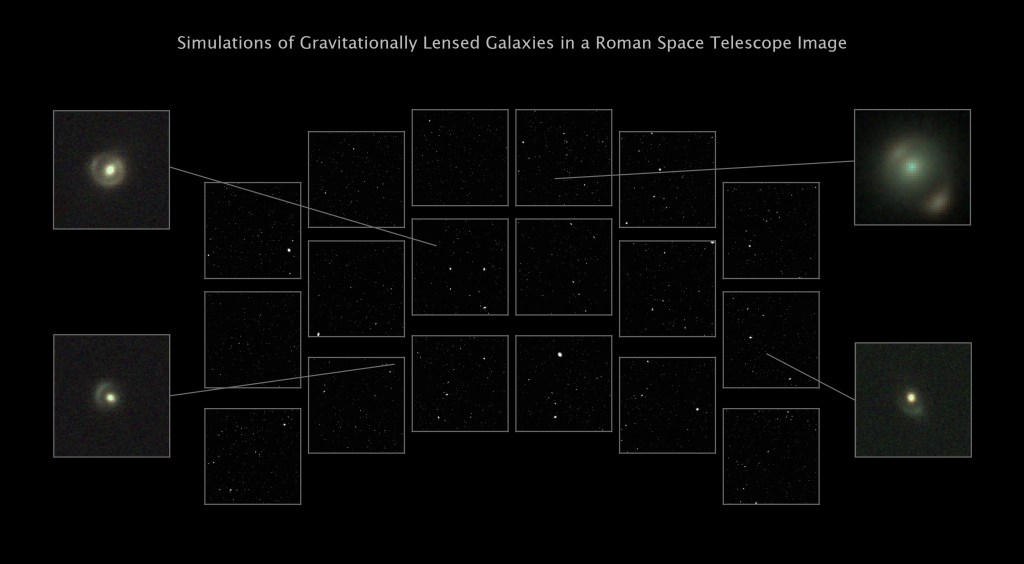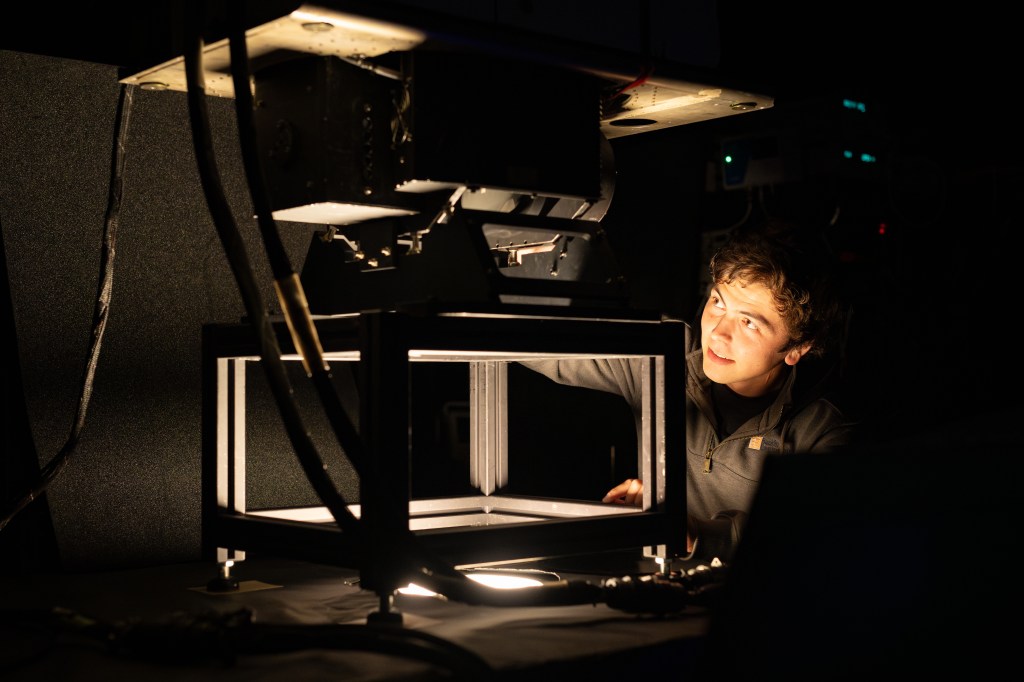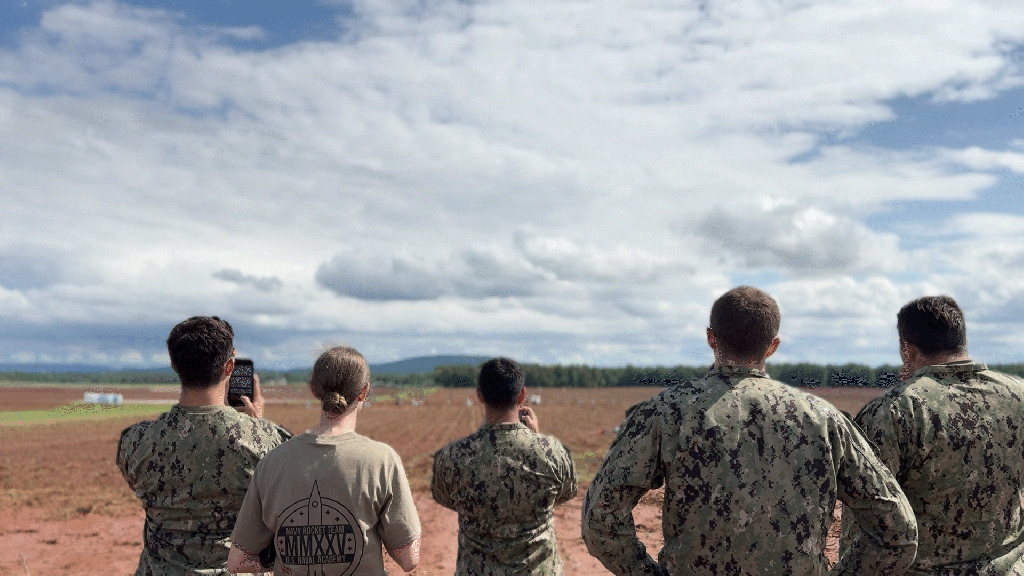Lunar Orbiter 1
Type
Launch
Target
Objective
What was Lunar Orbiter 1?
The Lunar Orbiter 1 spacecraft was designed primarily to photograph smooth areas of the lunar surface for selection and verification of safe landing sites for the Surveyor and Apollo missions.
| Nation | United States of America (USA) |
| Objective(s) | Lunar Orbit |
| Spacecraft | LO-A |
| Spacecraft Mass | 853 pounds (386.9 kilograms) |
| Mission Design and Management | NASA / LaRC |
| Launch Vehicle | Atlas Agena D (Atlas Agena D no. 17 / Atlas D no. 5801 / Agena D no. AD121/6630) |
| Launch Date and Time | Aug. 10, 1966 / 19:26:00 UT |
| Launch Site | Cape Canaveral, Fla. / Launch Complex 13 |
| Scientific Instruments |
|
Firsts
- First U.S. spacecraft to orbit the Moon
- Took first picture of Earth from the vicinity of the Moon
Key Dates
Aug. 10, 1966: Launch
Aug. 14, 1966: Entered lunar orbit
Oct. 29, 1966: Spacecraft crashed on Moon
In Depth: Lunar Orbiter 1
The Lunar Orbiter program originated in response to the need to obtain detailed photographs of potential Apollo landing sites. NASA planned to launch a series of three-axis stabilized spacecraft, each with four solar panels and a main engine (derived from an Apollo attitude control thruster) for lunar orbit insertion.
The primary instrument on the spacecraft was a 150-pound (68-kilogram) Eastman Kodak imaging system (using wide and narrow-angle lenses) that could develop exposed film, scan the images, and send them back to Earth.
In a twist that was not known until after the end of the Cold War, the Eastman Kodak camera flown on NASA's Lunar Orbiters was originally developed by the National Reconnaissance Office (NRO) and flown on the Samos E-1 spy satellite.
The narrow-angle pictures taken by this system provided resolution of 200 to 260 feet (60 to 80 meters), while the wide-angle photos showed resolutions up to 0.3 miles (0.5 kilometers).
Lunar Orbiter 1 was launched into a parking orbit around Earth before its Agena upper stage fired at 20:04 UT to insert it on a translunar trajectory. On the way to the Moon, the spacecraft’s Canopus star tracker failed to acquire its target, probably because the spacecraft’s structure was reflecting too much light. Flight controllers used a backup method by using the same sensor, but with the Moon to orient the vehicle.
The vehicle also displayed higher than expected temperatures but successfully entered a 1,160 × 118-mile (1,866.8 × 189.1-kilometer) orbit around the Moon on Aug. 14, 1966, thus becoming the first U.S. spacecraft to do so.
The spacecraft’s primary mission was to photograph nine potential Apollo landing sites, seven secondary areas, and the Surveyor 1 landing site. By Aug. 28, 1966, Lunar Orbiter 1 had completed its main photography mission, having exposed a total of 205 frames, of which 38 were taken in the initial orbit and 167 in lower orbits, covering an area of 2 million square miles (5.18 million square kilometers).
As planned, it photographed all nine potential Apollo landing sites as well as 11 sites on the far side of the Moon. Some of the high-resolution photos were blurred due to smearing (stemming from problems in the imaging system), but the medium resolution images were the best lunar surface images returned to date.
One of the images returned—unplanned but taken on Aug. 23, 1966—was the first picture of Earth taken from the vicinity of the Moon.
Lunar Orbiter 1 began an extended non-photography phase of its mission Sept. 16, 1966, that focused on engineering goals, but by Oct. 28, 1966, the spacecraft’s condition had deteriorated. As such, the day after, on its 577th orbit, ground controllers commanded the orbiter to crash onto the lunar surface (at 13:30 UT) to prevent its transmissions from interfering with future Lunar Orbiters. Impact coordinates were 6 degrees 42 minutes north latitude and 162 degrees east longitude.
Key Source
Siddiqi, Asif A. Beyond Earth: A Chronicle of Deep Space Exploration, 1958-2016. NASA History Program Office, 2018.











.jpg?w=1024)























